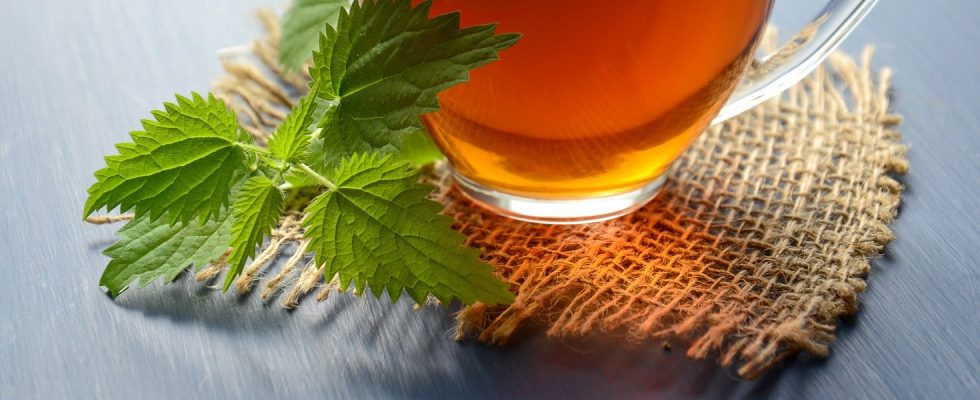The industrialisation of the tea industry led to mass-produced teas. This brought the Asian beverage to homes worldwide, and no breakfast is complete without a cup of tea.
While store-bought teas have incredible variety, they barely comprise 2{b3b47b4ce3613a8ae866741a21452b80454d4cde38f39b62399bbbfc1a1a9f3e} of the different types of tea grown. Consumers who enjoy unique herbal, fruity blends not commercially made or sold usually approach artisanal tea experts who freshly source teas from over the world and create their unique blends.
In countries like Australia, tea growing is not extensive. Still, artisanal blends like Tea Drop premium tea bring a large variety to doorsteps that allow people to experience the most the world of tea has to offer.
Quality and Variety
Tea is available in a wide range of qualities and prices. Store-bought tea is mass-produced and focuses on maintaining a fixed quality and flavour while maximising quantity. They aim to ensure that a good amount is sold for a reasonable price. They have a limited variety of common teas to make their manufacturing process feasible.
On the contrary, artisanal tea is produced in smaller quantities and prioritise quality over quantity. Leaves are handpicked, and in-house specialists precisely formulate blends to maintain high-quality standards. They cut down their shipping time to maintain freshness and focus on delivering the best crisp leaves. Artisanal teas also have a wide variety of flavours at different prices. For example, tea drop premium tea includes South-Asian turmeric lattes as well as in-house fruit blend ice brews that range from $10-$40 for 100 grams.
They focus on delivering a large variety of high-quality teas at a range of prices to the masses.
Leaf Quality and Selection
Tea leaves used by artisanal brands are typically handpicked. The selected leaves usually comprise young buds and very few leaves (which are also relatively more immature).
Alternatively, mass-produced teas utilise leaves, buds, pieces of stalks and so on since they’re usually machine-plucked.
Buds and younger leaves have more complex flavour profiles than mature leaves and are used for high-quality teas.
Leaf Processing
Once the leaves are collected, they have to be shaped or processed. Mass-produced tea usually undergoes the CTC (Crush, tear, and curl) process in which the leaves are loaded in machines that pull the leaves that are rolled around until they’re of uniform size.
In comparison, artisanal tea leaves are either shaped by hand or rolled into specific shapes by small machines. This keeps the leaves intact and allows the consumer to steep them multiple times instead of single-step CTC leaves.
Leaf Grades
Tea leaves are classified into ten different grades. The best grade comprises only young buds, and the subsequent four use young leaves. These top five grades are used in artisanal teas, while the lower grades are leaves processed by CTC. Out of the three CTC grades, the larger leaf fragments are packaged as loose tea leaves, while the lowest grade dust (from the CTC process) is used for teabags.
Added Ingredients and Flavour
Store-bought teas are found in a variety of flavours but are rarely all-natural. These added ingredients mask the flavour of the tea by harshly intensifying it. On the contrary, an artisanal brand like Tea Drop premium tea uses fresh and crisp leaves and holds subtle yet complex flavour profiles. Artisanal tea blends are entirely natural, and added herbs in infusions do not overpower the tea base.
Artisanal teas are more than just aesthetic to look at. There is nothing better than to have the best flavours that nature offers delivered to your doorstep. With such an experience, once someone goes artisanal, they never go back.


